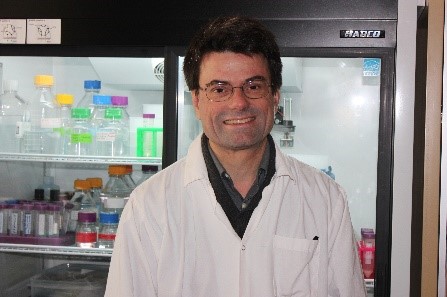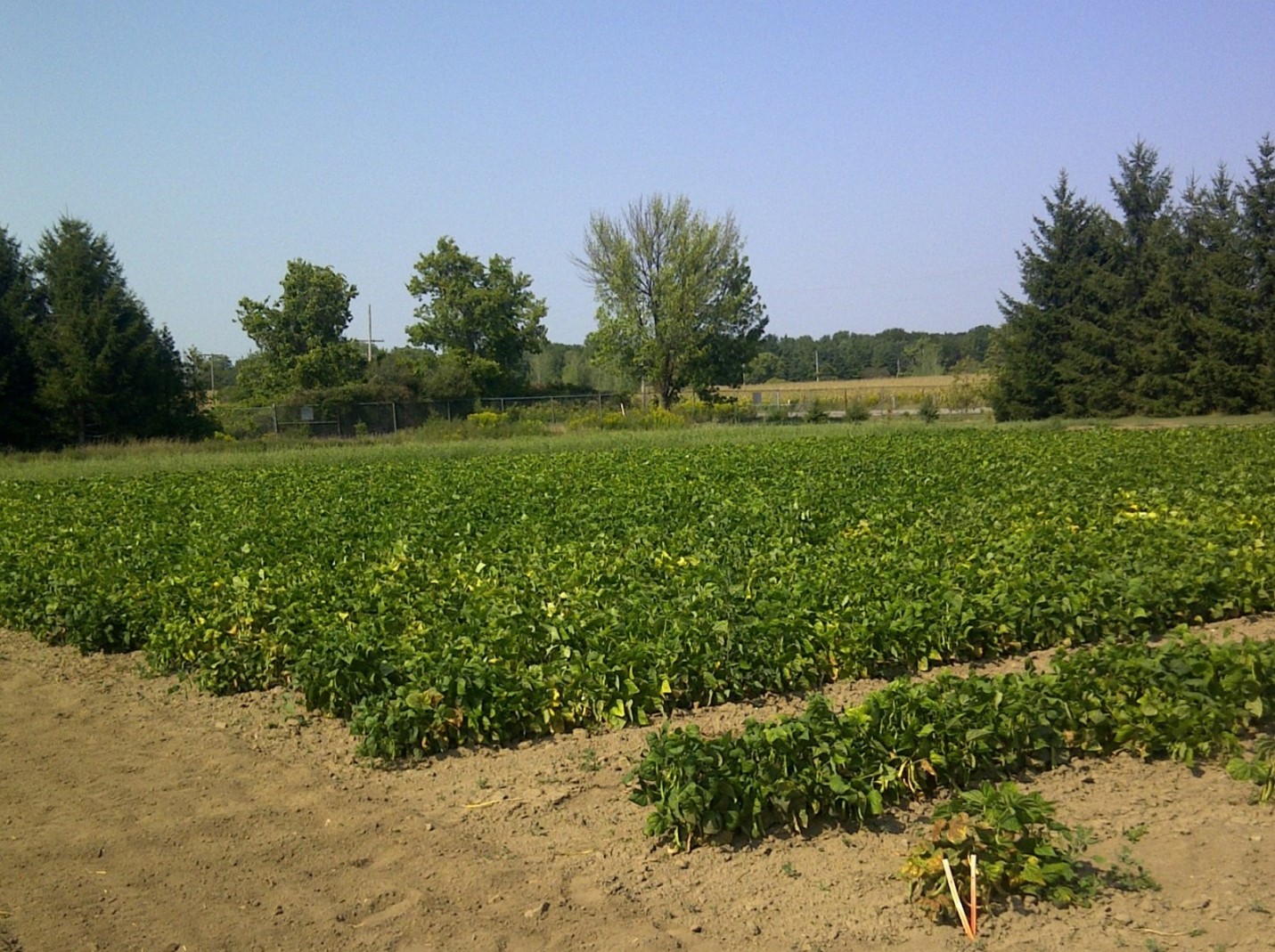For more information
Media Relations
Agriculture and Agri-Food Canada
1-866-345-7972
aafc.mediarelations-relationsmedias.aac@agr.gc.ca
The common bean, also called the "dry edible bean" by researchers, is touted for its dietary protein and fibre content. What's not so commonly known, however, is that its protein quality, defined as the balance of nutritionally essential amino acids, falls short of perfect. Its low levels of methionine and cysteine, two sulfur-containing amino acids responsible for building proteins in the human body, diminish the bean's nutritional profile – until Agriculture and Agri-Food (AAFC) research scientists sought to understand how the bean forms these acids at the molecular level.
With support from Manitoba Pulse and Soybean Growers, AAFC research scientist Dr. Frédéric Marsolais and his colleagues at the Morden Research and Development Centre, Drs. Anfu Hou, Robert Conner (retired), and collaborators at the University of Manitoba, Dr. James House, and the U. S. Department of Agriculture's Research Service, Drs. Phillip Miklas and Qijian Song, studied the nutritional qualities of beans over the course of the COVID-19 pandemic. They discovered that by changing the composition of specific in-seed proteins, they could boost the levels of methionine and cysteine – news that could lead to breakthroughs in bean bio-fortification.
"Understanding how protein accumulation works at the molecular level enhances our overall knowledge of how beans form the amino acids that are instrumental to their protein content and quality from a nutritional standpoint. This research could one day translate into practical applications including improved bean breeding for uses in the plant protein sector."
- Dr. Frédéric Marsolais, Research Scientist, Genomics and Biotechnology, Agriculture and Agri-Food Canada
The study, recently published in Legume Science, was conducted using state-of-the-art molecular techniques and genetic trait mapping, which established two benchmark germplasm lines to be used as a resource for ongoing research and from which future applications can be developed.
For example, the findings could be used to improve the production of protein-building amino acids in beans, making them even more nutritious. The research could also lead to the improvement of methionine and cysteine concentrations in other closely related legumes, such as lentils and peas. Improvements to protein quality will be a win not only for Canada's emerging plant protein sector, but for developing countries where consumers rely more heavily on beans in their diet.
"Beans are a major source of protein in some areas of the world, including Sub-Saharan Africa and Central America," says Dr. Marsolais. "From a bio-fortification and nutritional improvement standpoint, there is interest in applying this knowledge to enhance the protein quality of beans."
The research could yield agronomic benefits for growers down the road as well. With farm cash receipts surpassing $178 million in 2020, according to Statistics Canada, dry beans are an important field crop in Canada. Future dry bean cultivars developed from the source germplasm lines may exhibit traits suitable for the challenges of Canada's climate.
"The goal was to generate germplasm with traits that are suitable for Manitoba's short growing season," says Dr. Marsolais. "The two lines we focused on were deposited at Plant Gene Resources of Canada for the purpose of future cultivar development."
The next steps in the research involve building upon the findings by measuring the protein quality of modified beans and understanding improved genetic traits for future cultivar development. Interested in continuing the work of the AAFC team is Stephen Beebe, bean breeder and leader for bean research at the International Center for Tropical Agriculture, also known as CIAT from its Spanish-language name Centro Internacional de Agricultura Tropical in Colombia. CIAT works to improve productivity and nutritional value of beans in developing countries in Africa and Latin America, and as such, this research is potentially very important in these regions.
Canada's growing plant-based proteins sector warrants continued research on beans and bean crops. AAFC is one of a few organizations in Canada funding basic research to better understand the nutritional qualities of beans. The science grows on!
Key Discoveries/Benefits:
- The quality of protein content in the common bean leaves room for improvement from a nutritional standpoint. Researchers discovered that the composition of two protein-building amino acids in the bean, methionine and cysteine, can be changed at the molecular level in the seed to enhance the bean's overall protein concentration.
- Enhancing the common bean's protein quality is instrumental in producing bio-fortified beans and plant-based proteins for human consumption, particularly in developing countries in Africa and Latin America.
- The study resulted in two bean germplasm lines that contain the genetic information for ongoing research and the development of future cultivars with agronomic benefits, including increased resilience against the effects of Canada's changing climate.
Photo gallery


